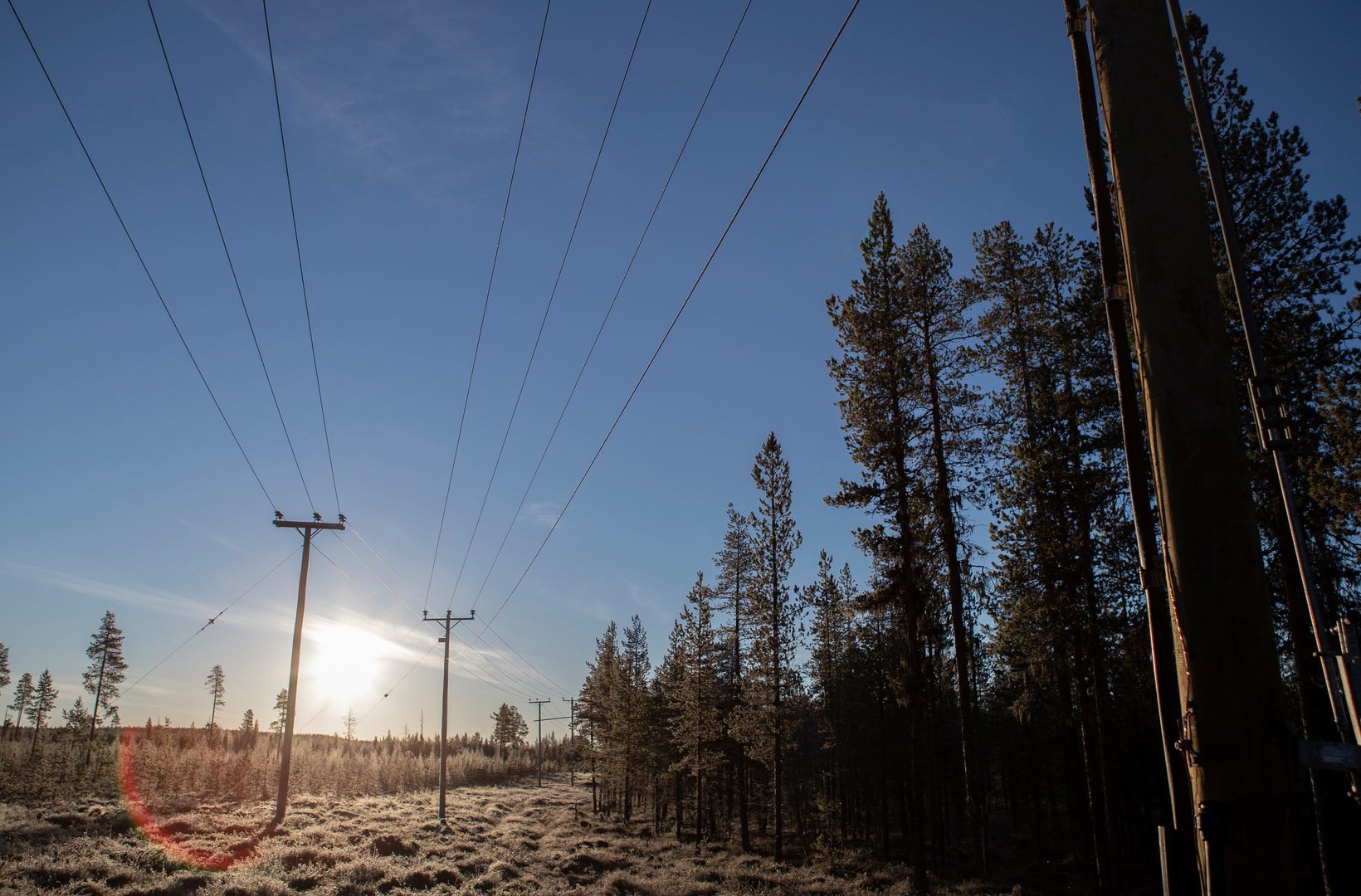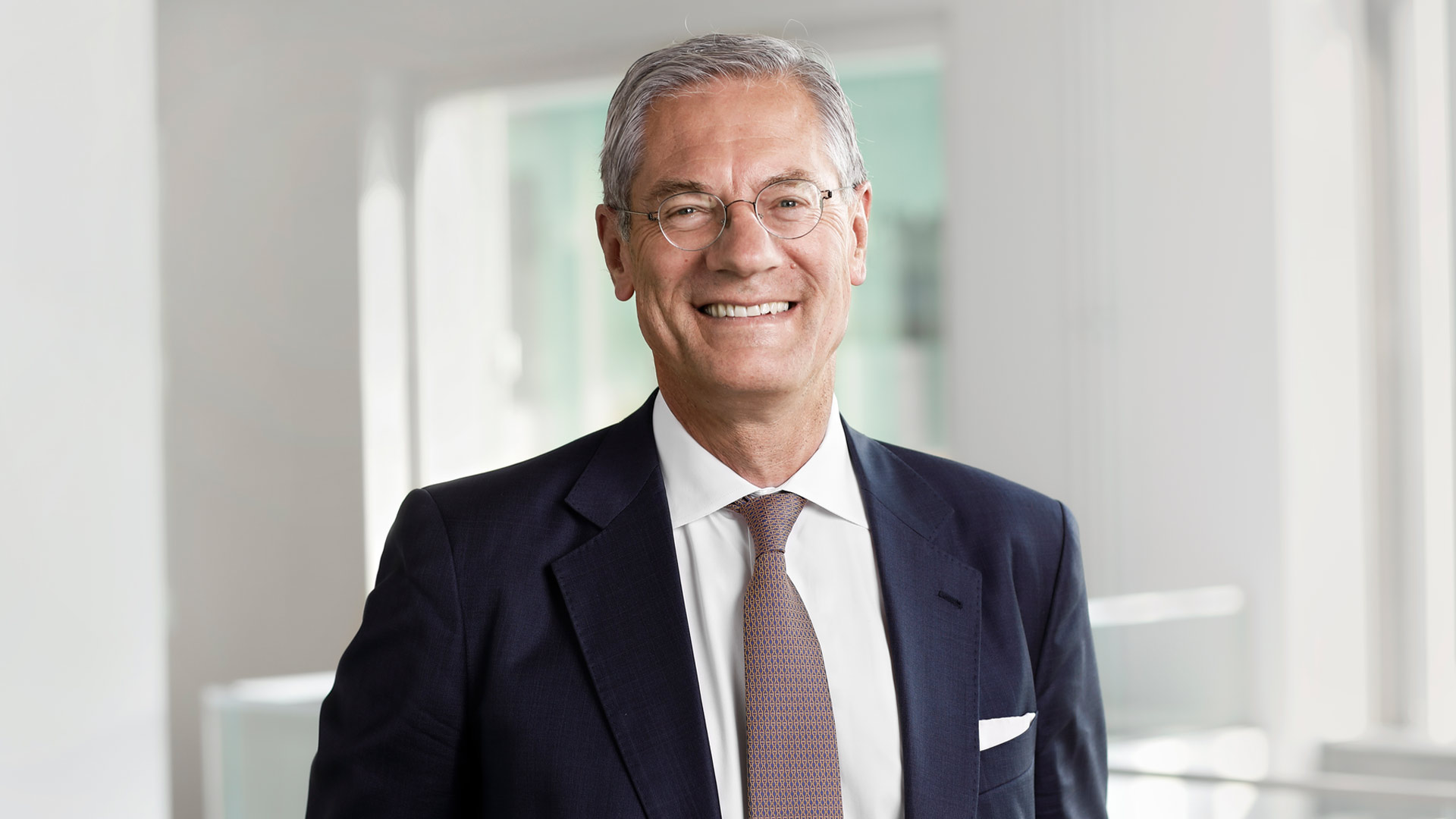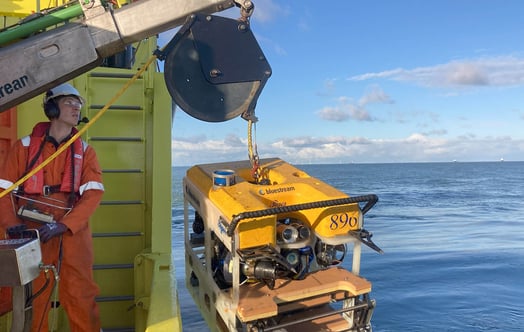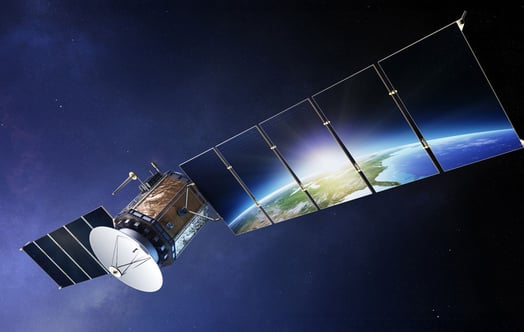
Vattenfall supports the European Commission's proposal to raise emissions targets
European Commission President, Ursula von der Leyen, said in her annual State of the Union address that a priority for the EU this coming year is to increase the 2030 target for emission reduction from 40 to 55 percent compared to 1990 levels. In an attention-getting letter to the Commission, Vattenfall and about 170 other big companies showed their support for this proposal.

Magnus Hall, CEO Vattenfall.
"Vattenfall has ambitious goals to reduce emissions of carbon dioxide and other greenhouse gases by phasing out fossil based production while also helping customers and suppliers reduce their emissions. Therefore, we welcome the President's and the European Commission's proposal to increase the target of emission reduction from 40 to 55 percent by 2030," says Vattenfall's CEO Magnus Hall, one of 170 European and international business leaders to sign the letter.
In the letter to the European Commission, sent just days before Ursula von der Leyen's speech, business leaders write, "The leadership shown by the EU, including continued commitment to the Paris Agreement, updating its NDC to the highest possible levels and striving to limit warming to 1.5 degrees, can serve to encourage other countries to do the same." The letter was sent within the framework of the European Corporate Leaders Groups (CLG Europe) whose tagline is "Business leadership for a climate neutral economy".
Opportunity for green recovery
"We view the increased emissions targets as an opportunity for the EU and European companies to invest in green recovery. The economic crisis poses a risk that energy transition will be down-prioritised. Therefore, it is vital that the extensive European measures for economic recovery and the EU's economic stimulus package of EUR 750 billion are coordinated with the European Green Deal measures," says Magnus Hall.
In addition to Vattenfall, energy companies such as EDF, Enel, E.ON, Fortum, RWE, Statkraft and Ørsted have signed the letter, as have industry companies such as Astra Zeneca, Electrolux, H&M, IKEA, Nestlé, SSAB, Stora Enso and Volvo Group.
In conjunction with von der Leyen's address to the Union, the European Commission presented a detailed impact assessment with scenarios of greenhouse gas emissions in the EU and all sectors of society up to 2050. It shows that an increase in climate ambition level from a 40% to 55% reduction of greenhouse gases by 2030 is not only an important step toward a climate neutral economy in the EU by 2050, but is also necessary and achievable.
This foundation will be an important baseline for the European Parliament and the Council of the European Union in their continued negotiations toward the first climate legislation in the EU. The Paris Agreement dictates that the EU and other countries around the world are to submit new, more ambitious climate undertakings to the UN by the end of 2020.



